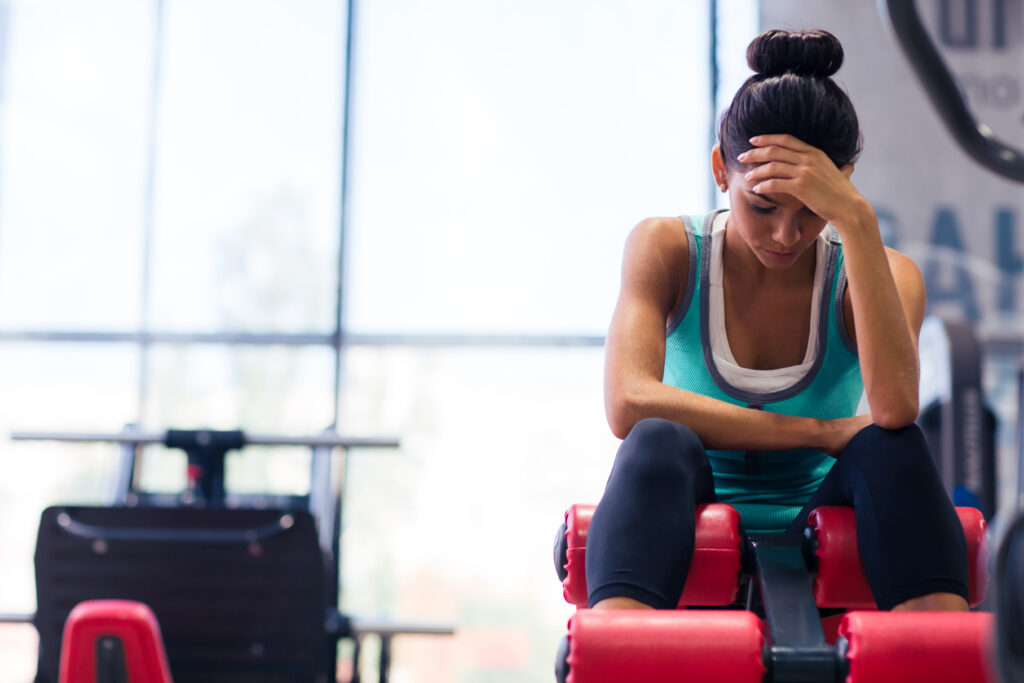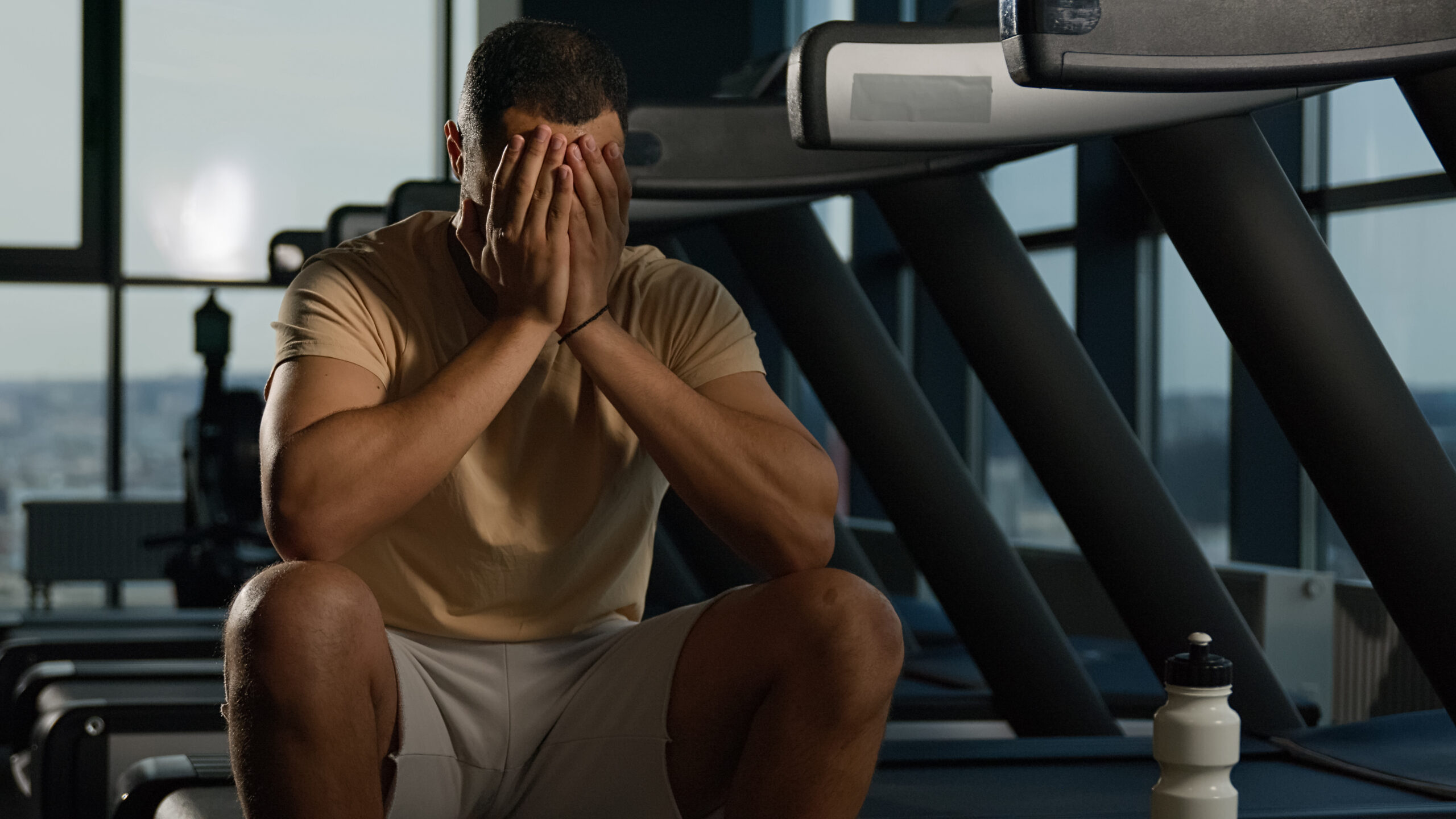If you’ve recently started a new workout routine, increased the intensity of your exercises, or embarked on a New Year’s fitness resolution, you might have noticed an unexpected issue—pelvic pain. Why your gym workouts are causing pelvic pain is a question many people ask when they begin experiencing discomfort in their lower abdominal or pelvic region after exercising. Whether it’s a dull ache, a sharp pain, or a sensation of heaviness, this discomfort can be frustrating and concerning. Understanding the root cause of this pain is crucial to ensuring your workouts remain beneficial rather than harmful.
Common Symptoms of Pelvic Pain from Exercise
Pelvic pain triggered by workouts can manifest in various ways, affecting both men and women. Some of the most common symptoms include:
- Men: Pain in the scrotum, testicles, penis, or a feeling of heaviness in the rectal area
- Women: Vaginal pain, burning sensations, or a feeling of pressure as if a golf ball is stuck in the vaginal region
- Both Men and Women: Rectal pain, lower abdominal pain, bladder pain, frequent urination, burning sensations, and urinary retention
These symptoms may worsen over time if left untreated, sometimes leading to chronic conditions that interfere with daily activities and overall well-being.
The Role of Pelvic Floor Muscles
To understand why exercise might be causing pelvic pain, it’s crucial to know about the pelvic floor muscles. This group consists of 14 muscles that form a supportive structure inside the pelvis. These muscles attach to the pubic bone, tailbone, and sit bones, playing a key role in functions such as urination, bowel movements, and sexual health. They also support the bladder, rectum, and, in women, the uterus.
Both men and women have similar pelvic floor muscles, with the main difference being the placement of genitalia. When these muscles become overworked or strained due to exercise, they can lead to pain and discomfort.
How Exercise Affects the Pelvic Floor
The pelvic floor muscles are interconnected with other muscles in the body, including those in the hips, lower back, and abdomen. They work together to maintain stability and balance during movement. When these muscles become tight, restricted, or overworked, it can cause imbalances that result in pain.
Workouts that commonly trigger pelvic pain include:
- Heavy squats and lunges: These exercises put significant pressure on the pelvic floor muscles and surrounding structures.
- Running and high-impact cardio: The repetitive movement and impact can lead to pelvic floor tension.
- Core exercises like crunches and leg raises: If performed incorrectly or excessively, these movements can strain the pelvic floor.
- Heavy lifting: Engaging in weightlifting without proper core stability can cause excessive pressure on the pelvic region.

Muscle Spasms and Trigger Points
When muscles become tight and restricted, they can develop spasms, also known as trigger points. These trigger points act like knots of tightly wound muscle fibers that restrict blood flow and irritate nearby nerves, leading to pain.
In the pelvic floor, muscle spasms can cause pain to radiate to various areas, including the:
- Penis, testicles, or scrotum in men
- Vagina and surrounding tissues in women
- Lower back, hips, and abdomen in both men and women
Trigger points can also contribute to symptoms such as urinary urgency, difficulty emptying the bladder, and deep pelvic discomfort.
Risk Factors for Pelvic Pain
Several factors can make individuals more susceptible to developing pelvic pain from exercise:
- Previous history of lower back or hip pain
- Muscle imbalances or weakness in the core and pelvic region
- Incorrect exercise form or excessive training volume
- Chronic stress leading to muscle tension
- Pre-existing pelvic floor dysfunction
How to Alleviate and Prevent Pelvic Pain
If you are experiencing pelvic pain related to your workouts, there are several strategies to help alleviate symptoms and prevent future discomfort.
1. Improve Pelvic Floor Mobility
Just like any other muscle in the body, the pelvic floor muscles need to be mobile and flexible. Gentle stretching, yoga, and mobility exercises can help release tension.
2. Incorporate Breathwork Techniques
Proper breathing techniques, such as diaphragmatic breathing, can help relax the pelvic floor and reduce unnecessary tension.
3. Modify Your Workout Routine
Consider adjusting your workout program to reduce strain on the pelvic floor:
- Reduce the weight or intensity of squats and lunges
- Opt for lower-impact cardio exercises
- Avoid excessive abdominal crunches or leg raises
- Focus on proper form and controlled movements
4. Address Muscle Imbalances
Since the pelvic floor muscles are connected to the hips, lower back, and abdomen, strengthening and balancing these areas is crucial. Working with a physical therapist or personal trainer can help identify and correct imbalances.
5. Myofascial Release and Manual Therapy
Pelvic floor physical therapy, trigger point release techniques, and self-massage can help relieve tight muscles and improve blood flow.
6. Seek Professional Help if Needed
If your symptoms persist or worsen, consulting a pelvic floor physical therapist can be beneficial. They can provide targeted treatments to release muscle tension and improve function.
When to See a Doctor
While many cases of exercise-induced pelvic pain can be managed with self-care techniques, there are situations where medical attention is necessary:
- Persistent or worsening pain despite modifications
- Difficulty urinating or experiencing extreme urinary retention
- Severe discomfort affecting daily activities
- Symptoms spreading to other areas of the body
Why Your Gym Workouts Are Causing Pelvic Pain – Conclusion
Pelvic pain caused by gym workouts is often linked to muscle imbalances, overworked pelvic floor muscles, and tightness due to improper exercise techniques. Understanding the role of the pelvic floor and making necessary adjustments to your workout routine can help prevent discomfort and promote overall well-being. If you’re struggling with persistent pain, seeking help from a pelvic floor specialist can provide the necessary relief and guidance to restore your body’s balance.
Also Read: Do Hypopressives Work for Pelvic Pain Relief?
I’m Hina Sheth. I have been treating complex orthopedics, sports and pelvic floor physical problems for over 25 years with amazing results. Now I want to bring my knowledge to the global community so I can spread my knowledge to you.
Our bodies are complex systems of 600 muscles and organs intertwined in a fascial system that all work together. Imbalances in this system such as trigger points, visceral and myofascial restrictions can lead to joint, pelvic, and organ issues.
Factors like nutrition, exercise, sleep, and stress play a crucial role. Unfortunately, our current healthcare model does not look at our bodies as a whole and oftentimes compartmentalize musculoskeletal injuries and dysfunctions.
At Rebalance, our goal is to holistically treat this complex system to restore harmony in the body. By addressing these imbalances, we help clients improve their overall health and well-being. Our vision is to empower individuals to create a healthier lifestyle for themselves.






